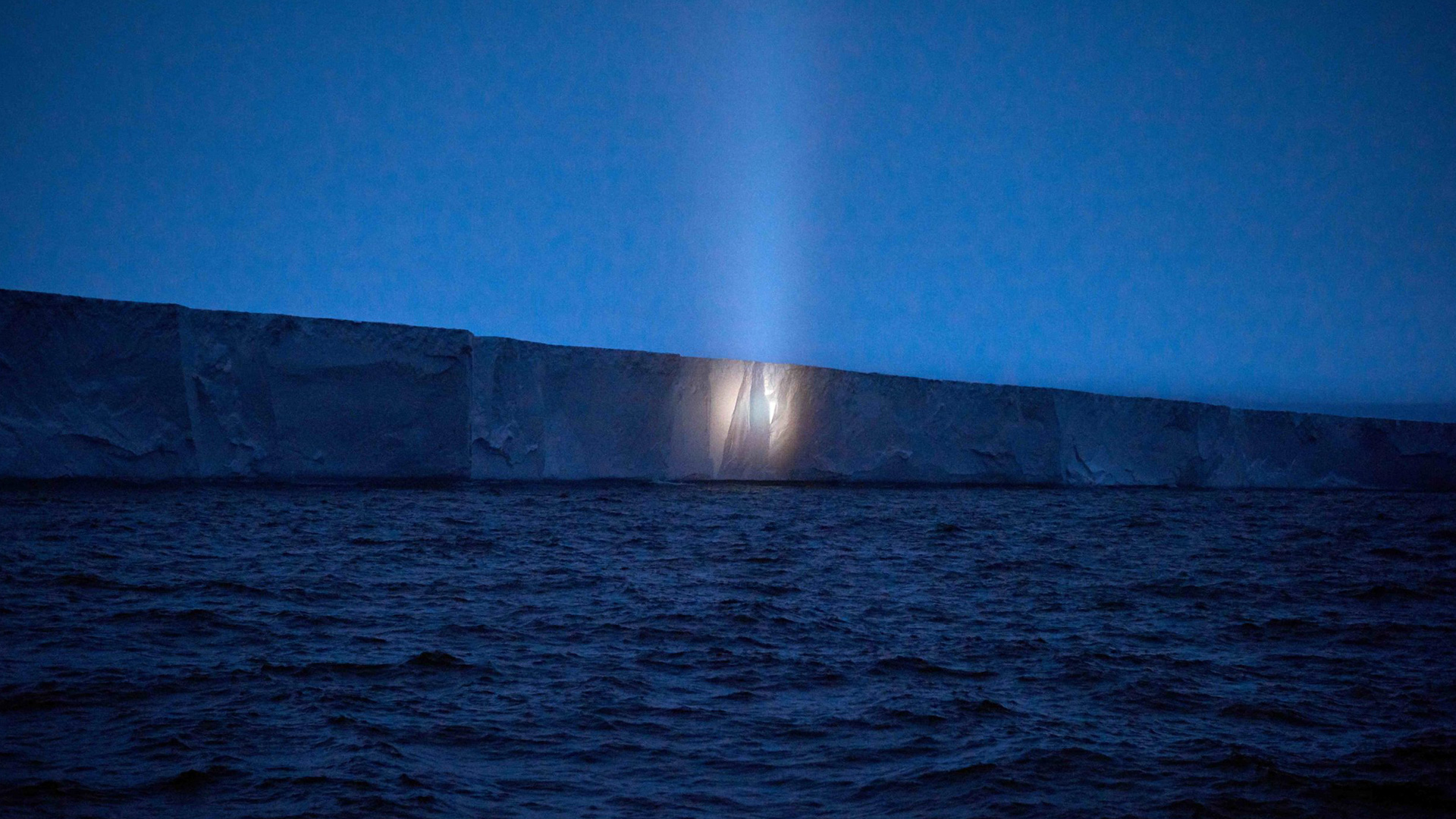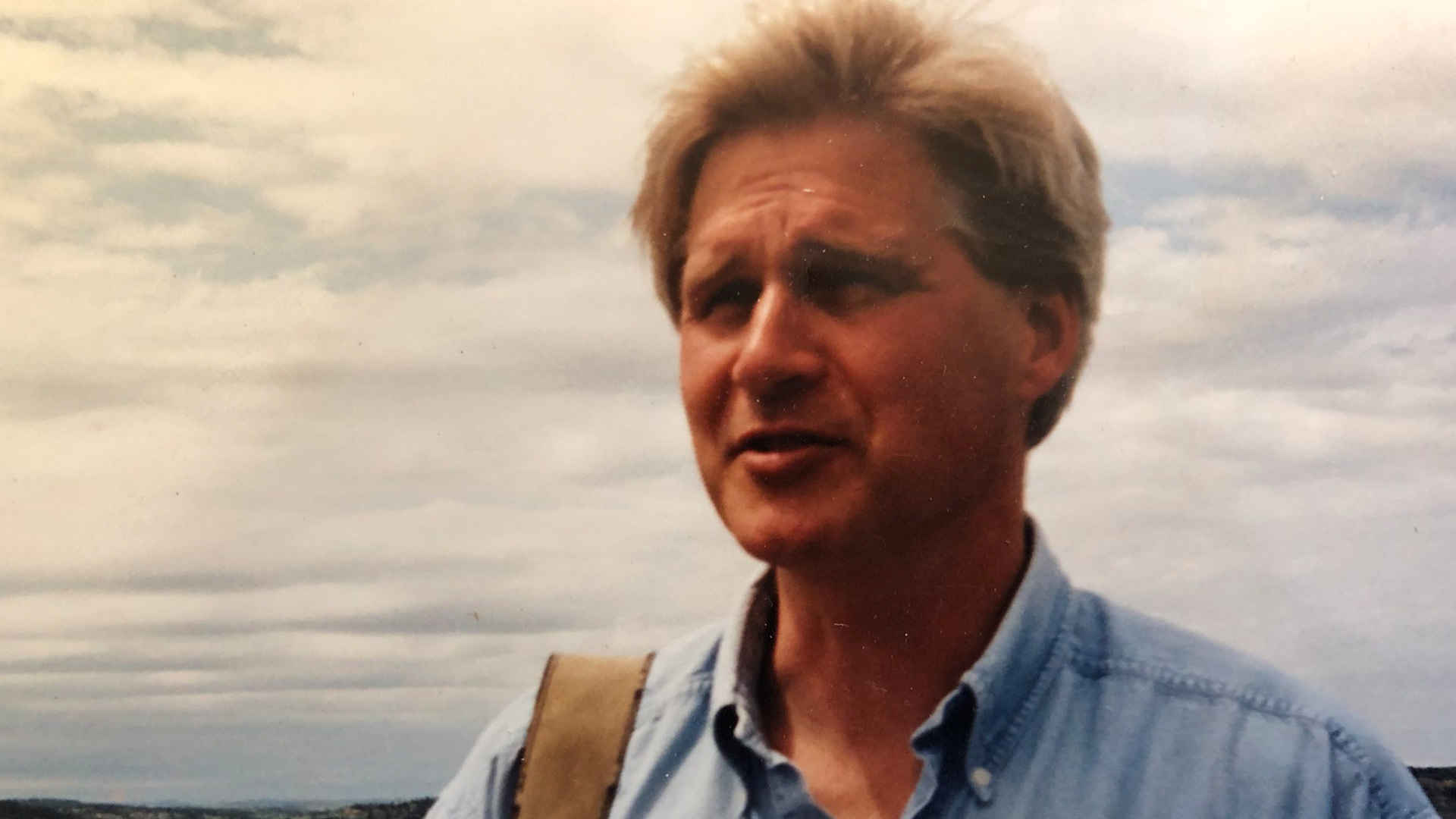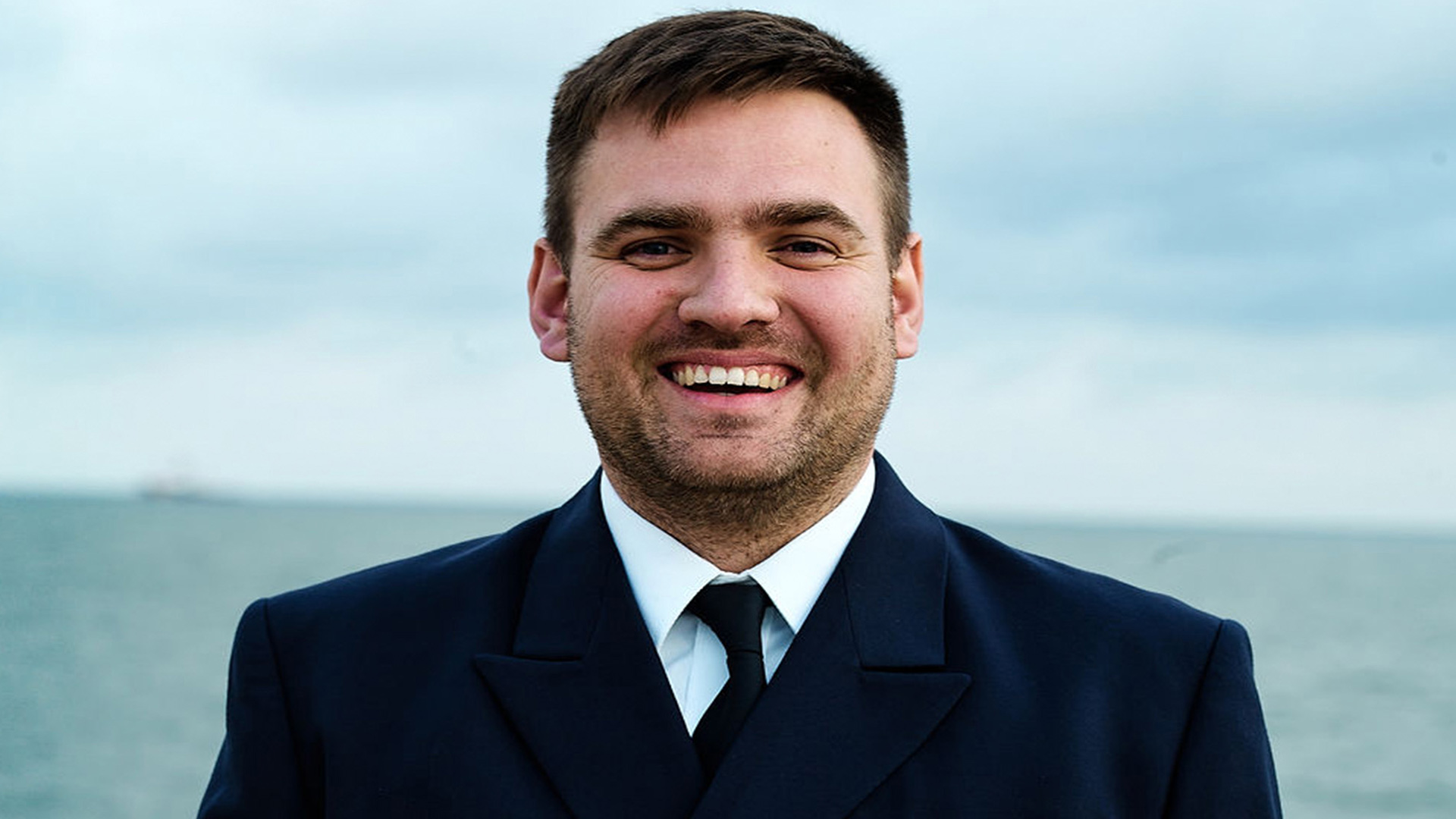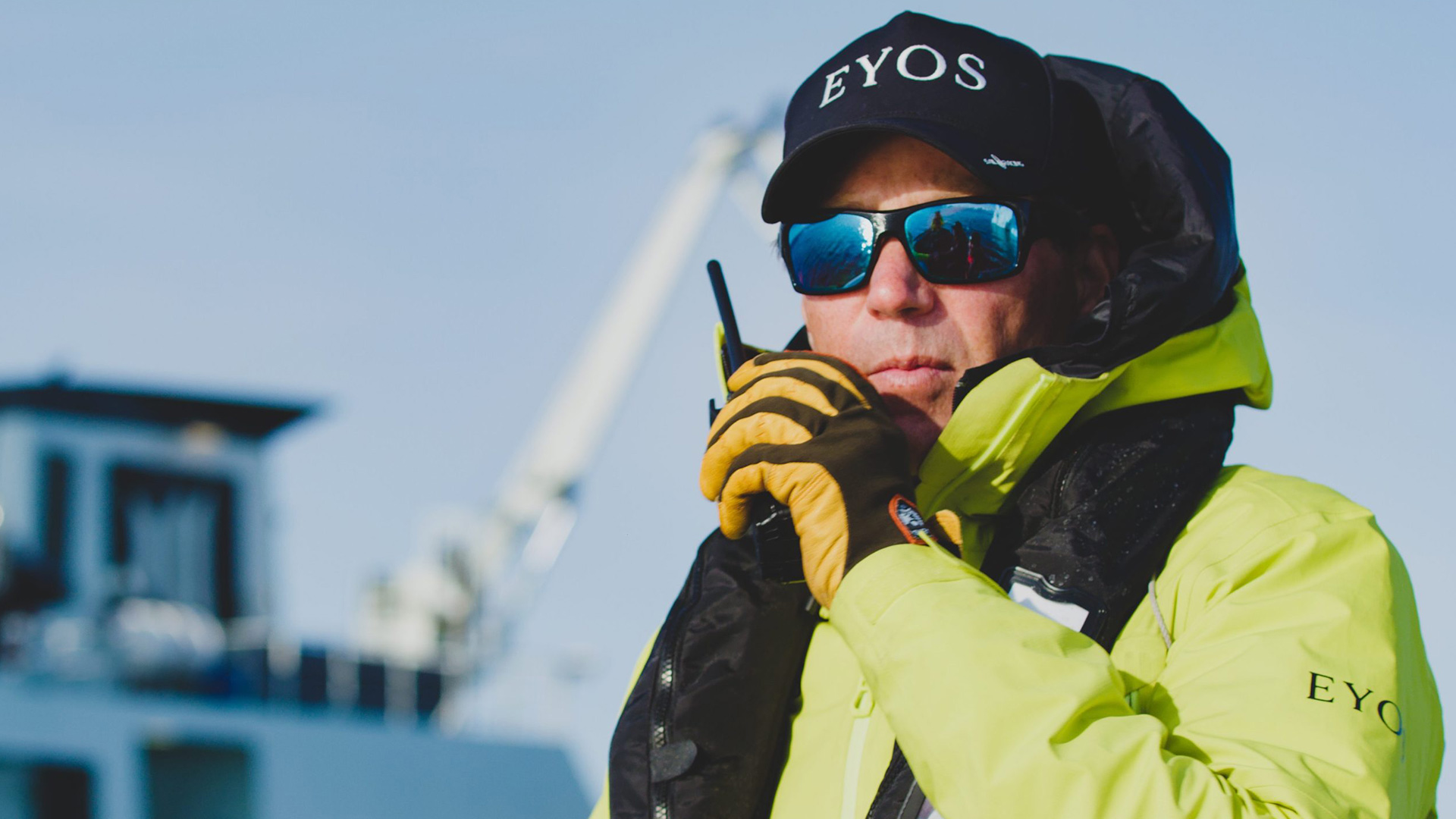EYOS COO Peter Butz has a storied past in expedition travel from all points between Alaska and Australia, Antarctica and the Amazon. Join us for this month’s Staff Spotlight for a conversation with Peter about some of his most legendary moments in the field and how these experiences have influenced his operational direction of EYOS.
How did your career in the expedition travel industry start? Have you always felt the pull to travel the globe?
I landed in the expedition travel industry entirely by accident, with a large dose of good luck. Starting at age 19 in the early 70’s I spent several years traveling on my own, backpacking across Europe, the length of Africa from Cairo to Cape Town, and across Iran, Afghanistan, Pakistan, India and Nepal. I worked at a couple of remote mining sites in West Australia in the Kimberleys and the Great Sandy Desert, and lived and worked in New Zealand for a while. When I returned to California from New Zealand I decided that I wanted to see something of the United States next. I had never been to New York, so I thought I’d like to try living and working there for a while. It didn’t really matter what kind of job – anything that would give me the opportunity to live in New York City. So I wrote to a fellow I’d traveled with briefly in Iran and Afghanistan a couple of years earlier. (This was back before email – you wrote a letter). Last I’d heard he was living in New York, so I let him know that I was planning to come to NY to look for a job. I got a letter back – he said he was working for a travel company called Lindblad Travel and he might be able to get me a job there. I’d never heard of the company and assumed that it was something like the travel agency in my hometown. I wasn’t particularly interested. As much I loved traveling I wasn’t really interested in getting involved in what I figured must be bus tours, visiting cathedrals, etc. A few days later I received my first ever FedEx packet – some Lindblad Travel brochures that he’d sent. I started reading. Whoa! The company had this small expedition ship, the Lindblad Explorer, that went to Antarctica, up the Amazon River, to remote Pacific Islands…. I had no idea such a thing existed! Based solely on my friend’s recommendation I was hired to work in the reservations department. A few days later I flew to New York and started work at the Lindblad Travel office smack dab in Midtown Manhattan. It turned out that my previous work experience logging in the mountains of California and operating heavy equipment at mines in West Australia didn’t really prepare me for life in an office. After about six months it was clear that the reservations department and I weren’t a good match. It was also clear that as wonderful and exciting as the trips were that I was booking for others, I wasn’t going to be going out on any of them any time soon. I gave my notice and started to think, what next? Maybe back out to West Australia?
A couple of days after giving my notice, Lars-Eric Lindblad, the legendary pioneer who started what is now an entire industry of expedition travel, called me into his office. “I understand you’re not particularly happy in the reservations department”, he said. “That’s OK, I understand, but it happens that we’re in desperate need of Zodiac drivers for Antarctica, so maybe that would be a better fit for you.” There was hardly a “desperate need”, and he didn’t bother to ask me if I could actually drive a Zodiac (I’d never even seen one, except in the brochure photos), but I’m forever grateful for the life-changing opportunity he gave me. Two weeks later, in late November 1979, I was in Antarctica, and though I didn’t know it at the time, my path for a career in the expedition travel business was set.
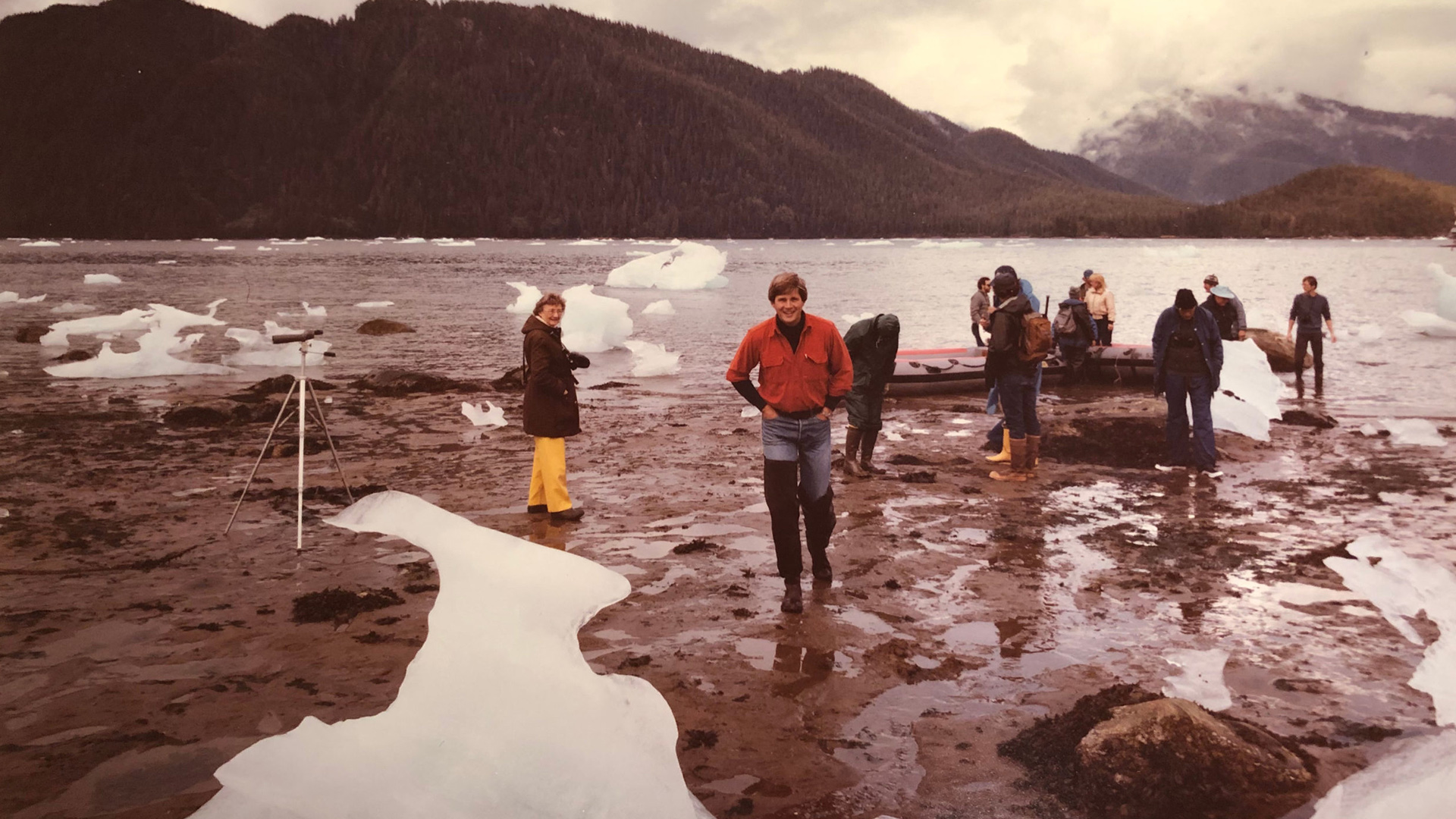
Where is your favorite place to explore?
It’s a three-way tie: the Sea of Cortez, coastal Alaska, and East Africa. Although all three are well known for their spectacular wildlife – megafauna such as whales, bears and lions – it’s the landscapes of each that have left some of the most indelible memories: sailing between the desert islands of Carmen and Danzante in the Sea of Cortez on mirror-like seas at sunrise, with the Sierra de la Gigante mountains gradually being illuminated by the first rays of the rising sun; patches of mist clinging to steep slopes of spruce and hemlock as you sail into a silent bay in Southeast Alaska; sitting on top of a kopje at sunset, surrounded by the endless sea of grass of the Serengeti, punctuated by the silhouette of the occasional acacia tree as the light fades. These are memories from my travels that are still vivid in my mind’s eye.
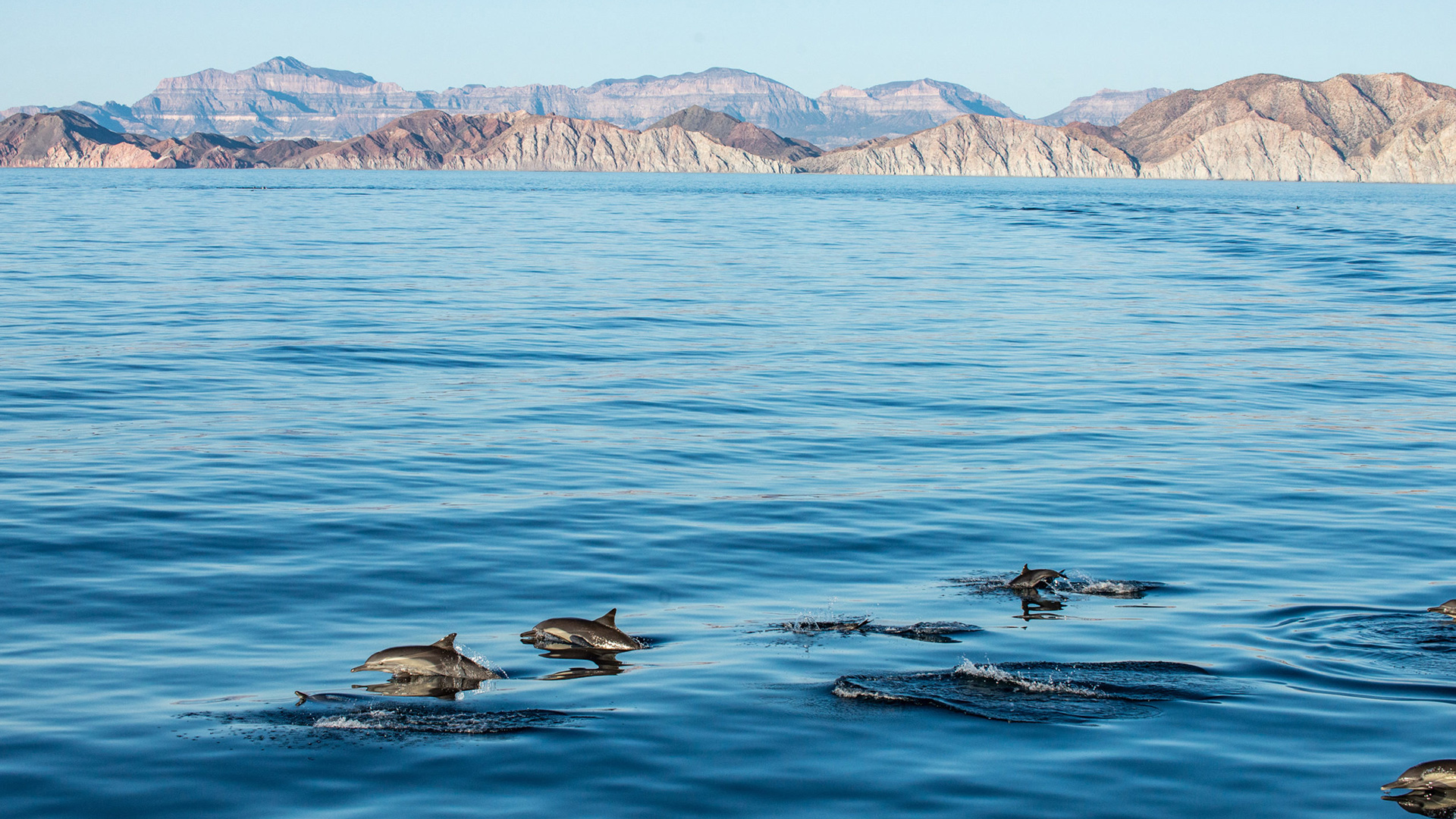
What is the most surprising thing you’ve encountered on an expedition?
There have been other events that were more spectacular or more adrenaline-inducing, but for sheer surprise – that one occurred in Southeast Alaska. We were anchored in Scenery Cove, a very narrow inlet, with vertical granite cliffs shooting straight up from the water on either side. We were planning to land guests at the trail at the head of the inlet after breakfast. As we were lowering the Zodiacs, we saw a large black bear come out from behind a small spruce tree near the water’s edge at the base of the cliff on the south side of the cove. To the amazement of those of us watching from the fantail, the bear started going straight up the cliff. We couldn’t believe a bear was capable of scaling such a rock face. A mountain goat, maybe, but not a bear. For the first forty or fifty feet up the cliff the bear looked pretty confident, climbing upward at a pretty steady pace. We were awestruck by the bear’s agility. Then, as it got even higher we could see that it was getting more tentative, slowly and cautiously finding handholds and footholds to cling to the rock. And then…..the bear lost its grip and began sliding down the face of the cliff. For a few feet it desperately tried to catch itself and we could hear its claws scraping along the rock. Then it was in freefall, airborne, plunging nearly fifty feet into Scenery Cove. There was an enormous splash and the bear disappeared for a few seconds. When it bobbed to the surface it swam over to shore and went and hid behind the same spruce tree where we’d first seen it. We imagined that it was hiding in embarrassment, but we were probably just projecting our own feelings about witnessing such a spectacular failure of judgment.
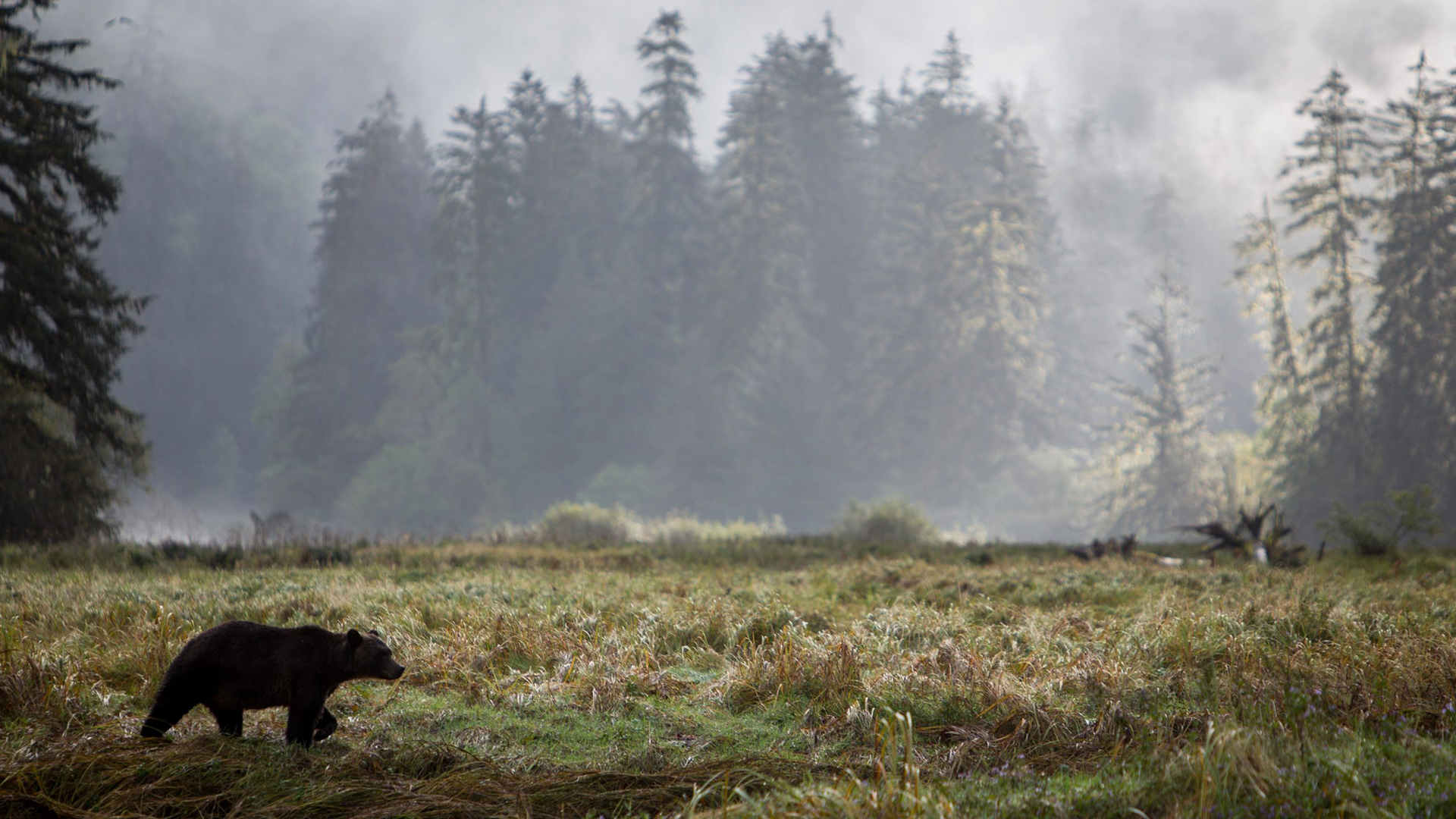
What is something you think most people don’t consider when they think about expedition travel?
I imagine for most people, when they think about expedition travel they focus on the place they’re going to and the things they hope to see and do. However, I think the camaraderie that develops among everyone – guests, staff, and crew – and the intellectual stimulation, and great fun that comes from sharing extraordinary experiences with like-minded fellow travelers often ends up being one of the true highlights of the expedition for many guests.
What is the best part about the EYOS experience for our guests?
I think the best part about the EYOS experience for our guests is a part they never see – the thought that goes into the planning of each trip. Every expedition that EYOS operates is designed specifically for the participants of that particular trip – their individual interests, their abilities, and their preferences. We’ve managed hundreds of expeditions to Antarctica, the Arctic, Melanesia, and other remote corners of the globe, but there’s no cookie-cutter approach to any aspect of the planning. Since we’re dealing with small groups of people we’re able to customize every detail of the experience for each individual guest and match the best staff for the interests and characteristics of the group. This preparation isn’t seen, but it’s a big factor behind the success of the expedition and the enjoyment that our guests experience.
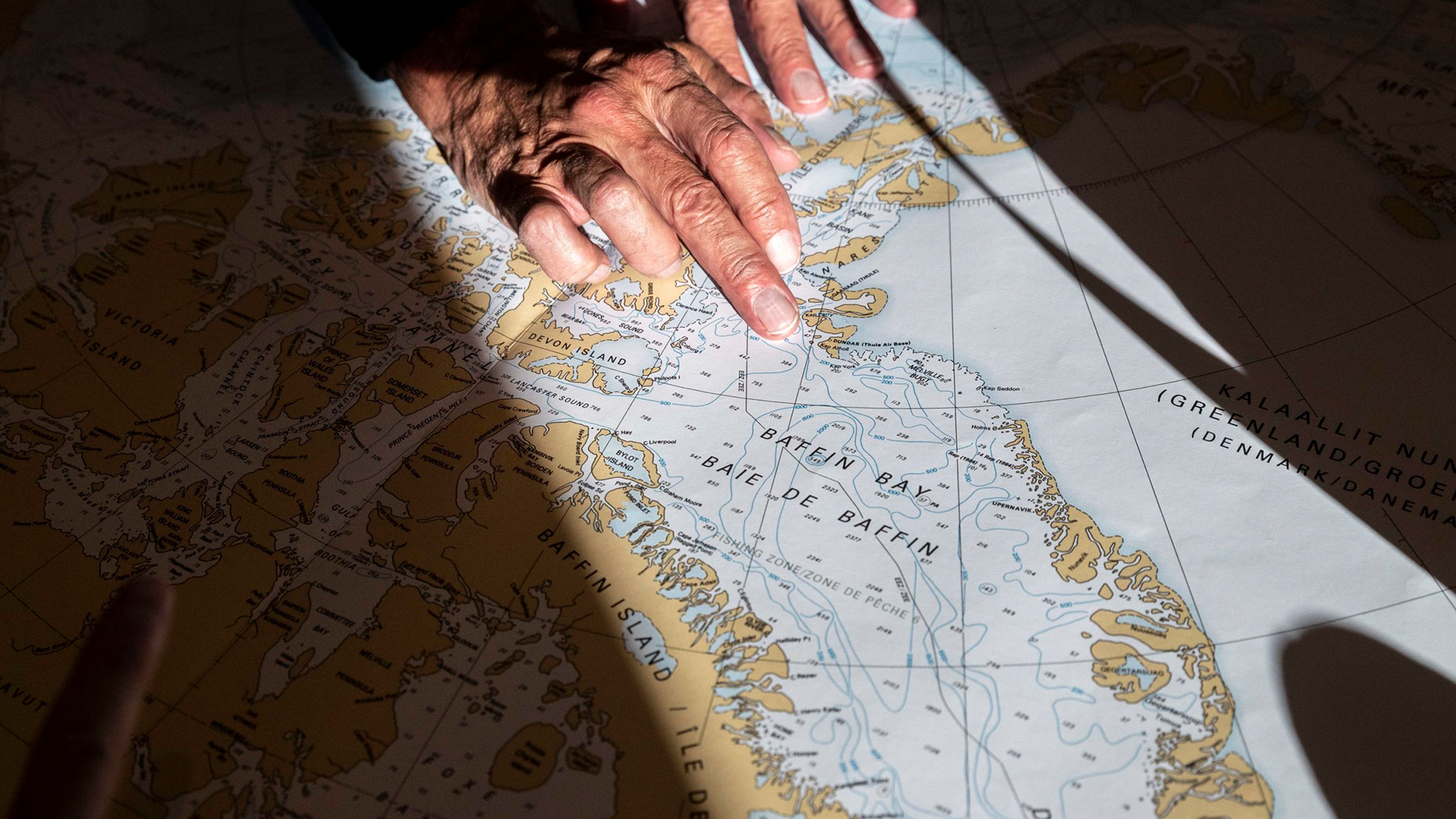
What initially drew you to EYOS?
I had known Ben Lyons and Tim Soper for many years from my previous work in the expedition travel business. I had also met Rob McCallum briefly but knew him mostly by reputation. The diversity of projects, the global reach, and the fact that it’s a small, growing company were all appealing, but it was really the opportunity to work with these three guys that was the draw. I was pretty confident that whatever they were doing would be original, interesting, and delivered with a commitment to the highest of standards. Plus, I knew it would be fun.
What drives you to continue to travel to remote places?
I started on this path nearly 50 years ago, and the number one thing that drives me to continue is the same thing that drove me to start – curiosity. But over the years another factor has grown stronger and stronger – an appreciation for the inherent beauty of these places. Not just the spectacular physical beauty, even though that would be reason enough in and of itself. As I’ve had the opportunity to experience and learn about these remote places over the years, my appreciation and increasing awareness of the beauty of the complex interrelationship between geography, climate, species, and cultures has become one of the most satisfying aspects of travel.
What do you consider to be the most valuable aspect of expedition travel?
It’s a sad fact that much of our world, even the remotest parts of it, is being affected by global events and conditions: climate change, poverty, resource extraction, and ignorance. Expedition travel takes people to parts of the world that are some of the least affected – so far. Given the opportunity to visit these wonderful places, I think that many people return with a lasting connection and appreciation for what they’ve experienced, and just maybe a commitment to act to help preserve these places for future generations.
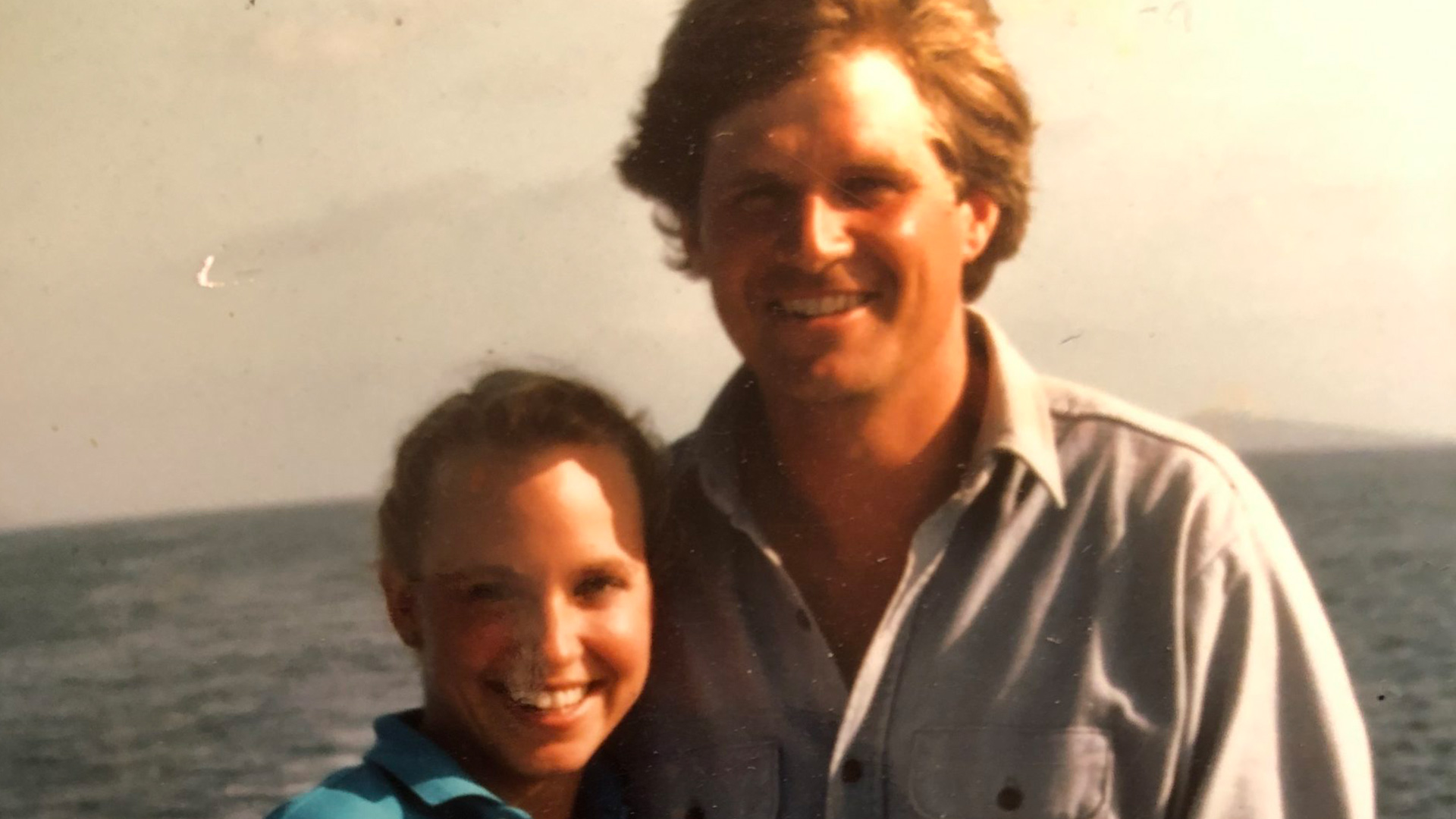
How does your work at EYOS support your passion for preserving the wild corners of the globe?
This ties into the previous question. The work of EYOS makes it possible for people to safely experience the remote and wild places on our planet, in the company of highly experienced and knowledgeable staff. Many of our guests are wealthy and influential people, in a privileged position to effect change. As a result of their experiences with EYOS, many are inspired to take action to help preserve and conserve the places they’ve visited. EYOS is well connected with the various conservation organizations and research projects in all of the areas that we arrange travel to, so when our guests ask us, “What can I do?” we have specific suggestions for them. Being a part of an operation that can facilitate these impactful linkages is a very satisfying part of the work at EYOS.
